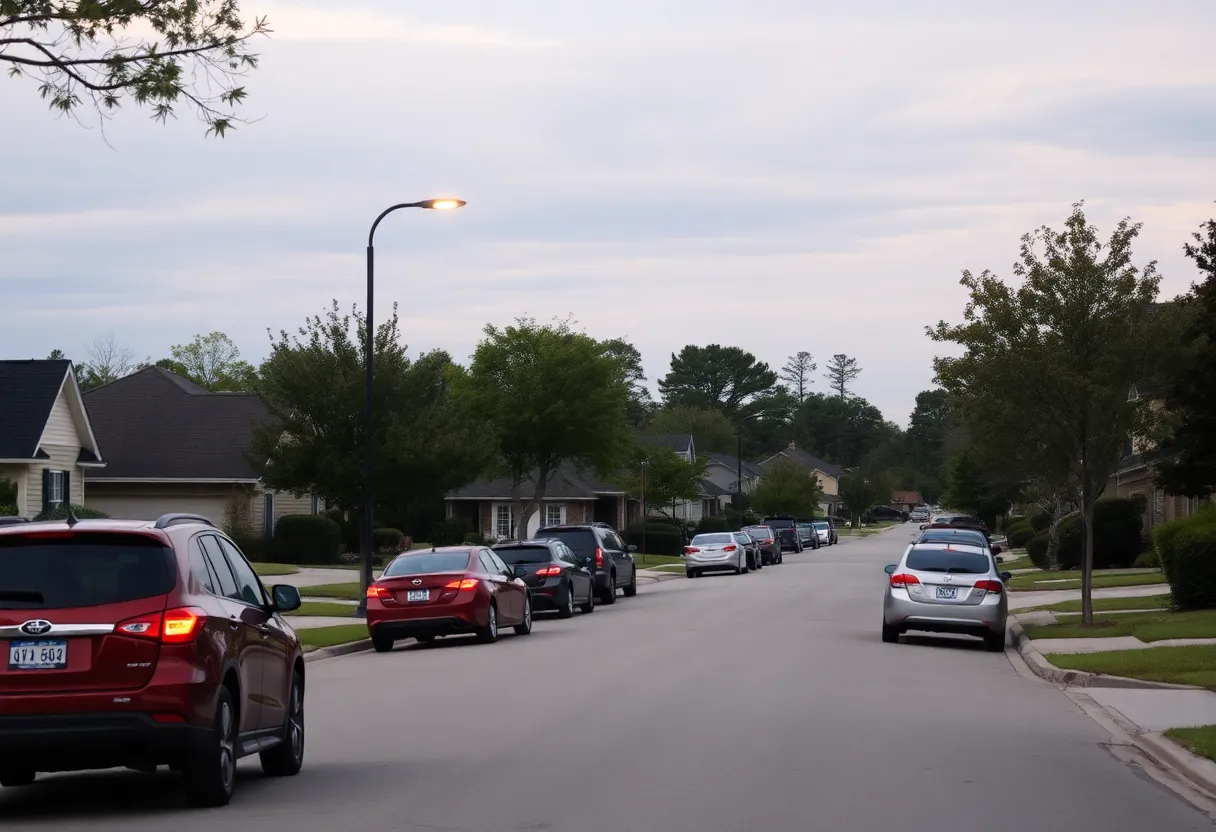How to Choose the Right Roofing Design for Your Home’s Climate
Choosing the right roofing design for your home is crucial, and it largely depends on the local climate. Different climates pose unique challenges that influence the longevity, durability, and energy efficiency of your roofing system. Understanding these factors can ensure that you select the most suitable roofing design.
Understanding Your Local Climate
Before deciding on a roofing design, it’s essential to analyze the climate of your area. The key elements to consider include:
Temperature Extremes
Regions with significant temperature fluctuations will require roofing that can expand and contract without sustaining damage. Materials that are more flexible, such as asphalt shingles, may perform better in these climates.
Precipitation Levels
Heavy rain and snow can create extra weight on roofs and expose them to leaks. A steeply pitched roof design helps facilitate proper drainage and reduces the risk of water pooling.
Wind Conditions
High winds can lift and displace roofing materials. Homes located in storm-prone areas may benefit from roofs designed for wind resistance, such as those made from metal or slate.
Humidity and Moisture
In humid climates, mold and mildew can become significant issues. Materials that resist moisture accumulation, such as clay tiles, are ideal. Proper ventilation is also vital to allow air circulation.
Types of Roofing Materials and Their Suitability
The choice of roofing material plays a vital role in how well your roof will perform in your specific climate. Here are several popular roofing materials and their related climatic benefits and drawbacks:
Asphalt Shingles
Asphalt shingles are affordable and versatile. They perform well in various climates but may not withstand extreme weather conditions very effectively. Ensure proper installation to avoid issues in high winds or extreme temperatures.
Metal Roofing
Metal roofs are highly durable and resistant to wind and snow load. They reflect solar heat, making them suitable for warm climates while also providing insulation in cooler areas. However, they can be noisy during rain and hail.
Tile Roofing
Clay and concrete tiles are excellent for hot, Mediterranean-like climates. They don’t easily rot and resist mold. However, they are heavy and may not perform well in high-wind areas unless securely anchored.
Slate Roofing
Slate is one of the most durable roofing materials available. It withstands extreme conditions, making it ideal for varying climates. Its longevity comes at a cost, both in price and weight, requiring robust structural support.
Roof Design Elements That Matter
In addition to selecting the right material, the design also plays a crucial role in how the roof will perform in your climate. Here are several design elements to consider:
Pitch and Slope
The pitch of a roof is a critical factor, especially in areas prone to heavy snow or rain. A steeper slope allows water and snow to slide off more easily, reducing the risk of leaks and structural damage.
Overhangs and Eaves
Roof overhangs can offer additional protection against weather elements. In regions with intense heat, eaves can also provide shade, reducing the cooling demands on your home.
Ventilation Systems
Proper ventilation is key to maintaining roof health, especially in humid climates. Ridge vents, soffit vents, and gable vents help control temperature and moisture levels, preventing mold growth and extending roof life.
Consulting Professionals
Before making a final decision, consulting with roofing professionals familiar with your local climate is advisable. A qualified roofer can assess your home’s specific needs and provide tailored recommendations. Here are several points to consider:
Building Codes and Regulations
Understand local building codes before choosing roofing materials and designs. Some areas have specific regulations about materials, pitch, or installation methods due to climate concerns.
Warranty and Maintenance
A reputable contractor will offer warranties on both materials and labor. Consider roofing designs that require minimal maintenance to ensure longevity.
Conclusion
Selecting the right roofing design for your home’s climate is a multifaceted decision that requires careful consideration of various factors. By understanding your local climate, analyzing suitable materials and designs, and consulting professionals, you can make an informed choice that enhances your home’s durability and comfort.
Ultimately, choosing the right roofing design will not only protect your home but also improve its energy efficiency, contributing to lower utility bills and a reduced environmental footprint. Invest the time to analyze your choices carefully. Your roof is an essential component that will shape the integrity of your home for years to come.





 Mays Contracting
Mays Contracting


